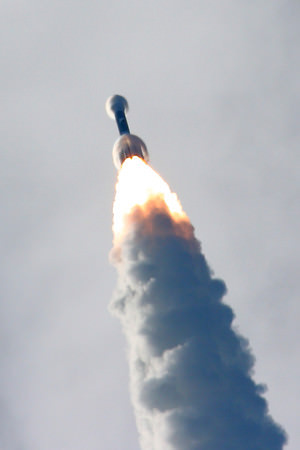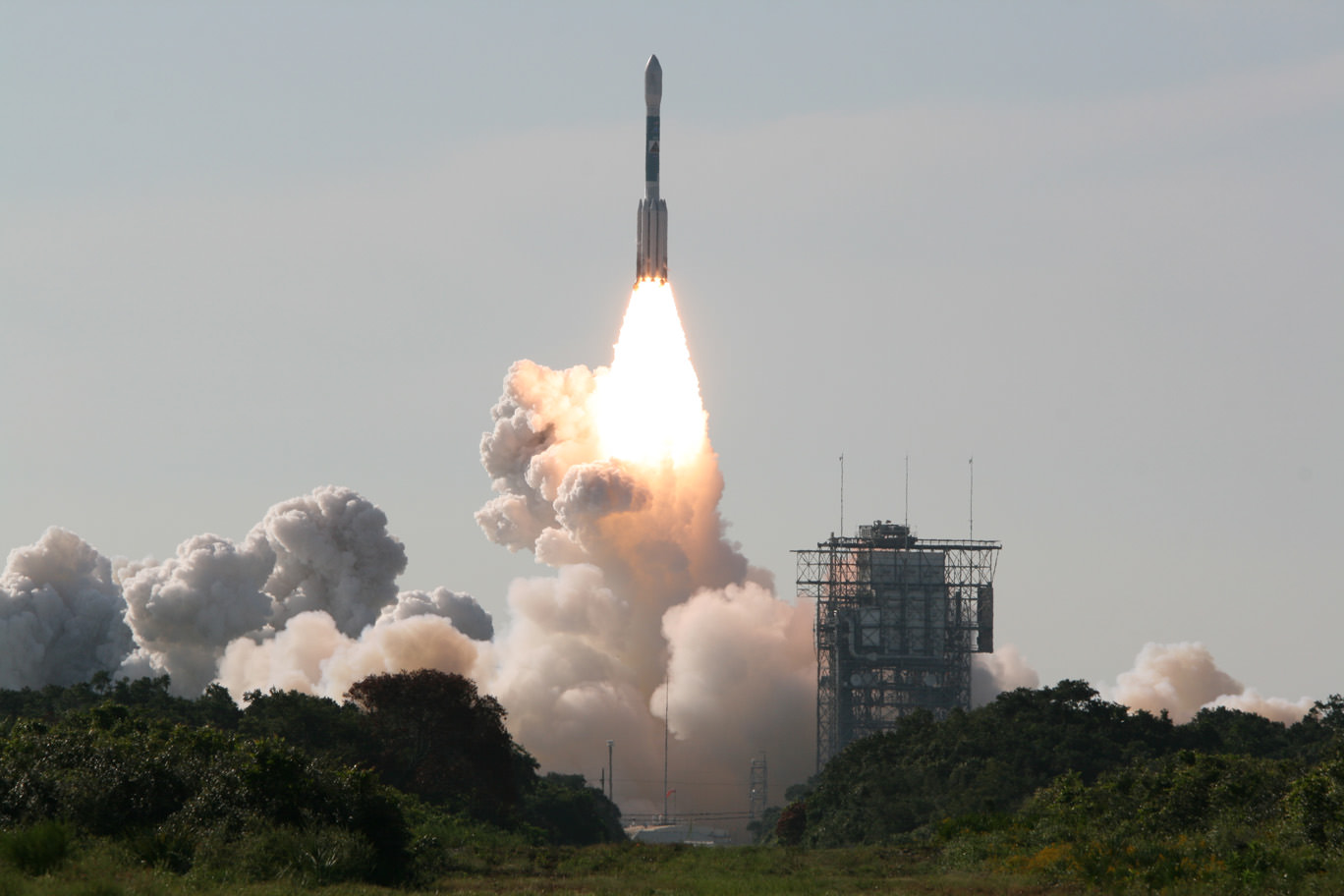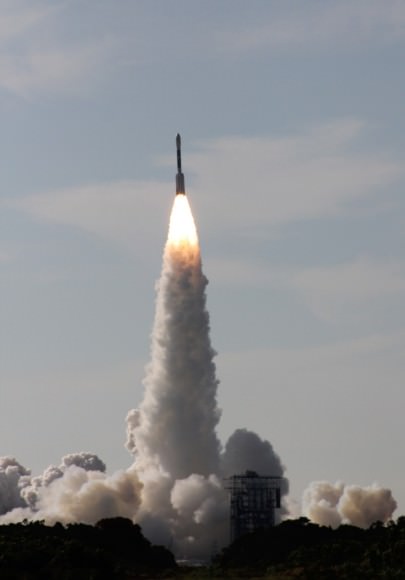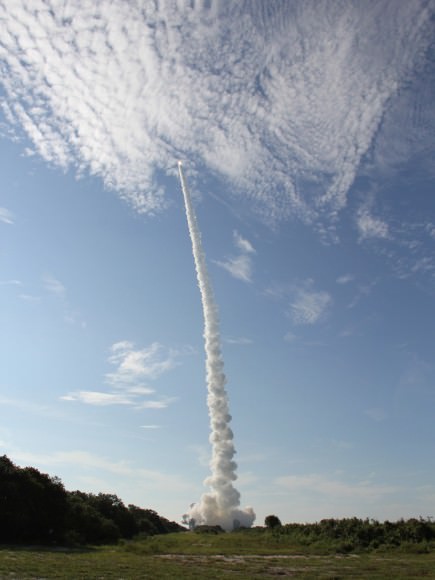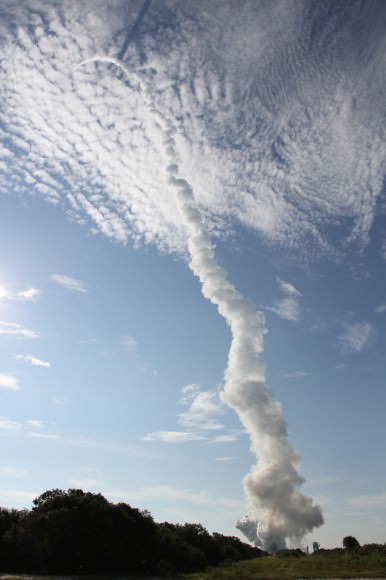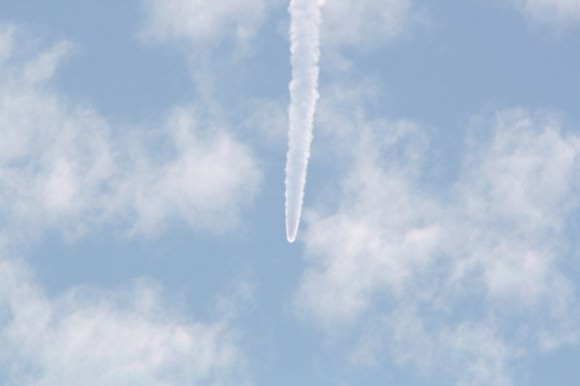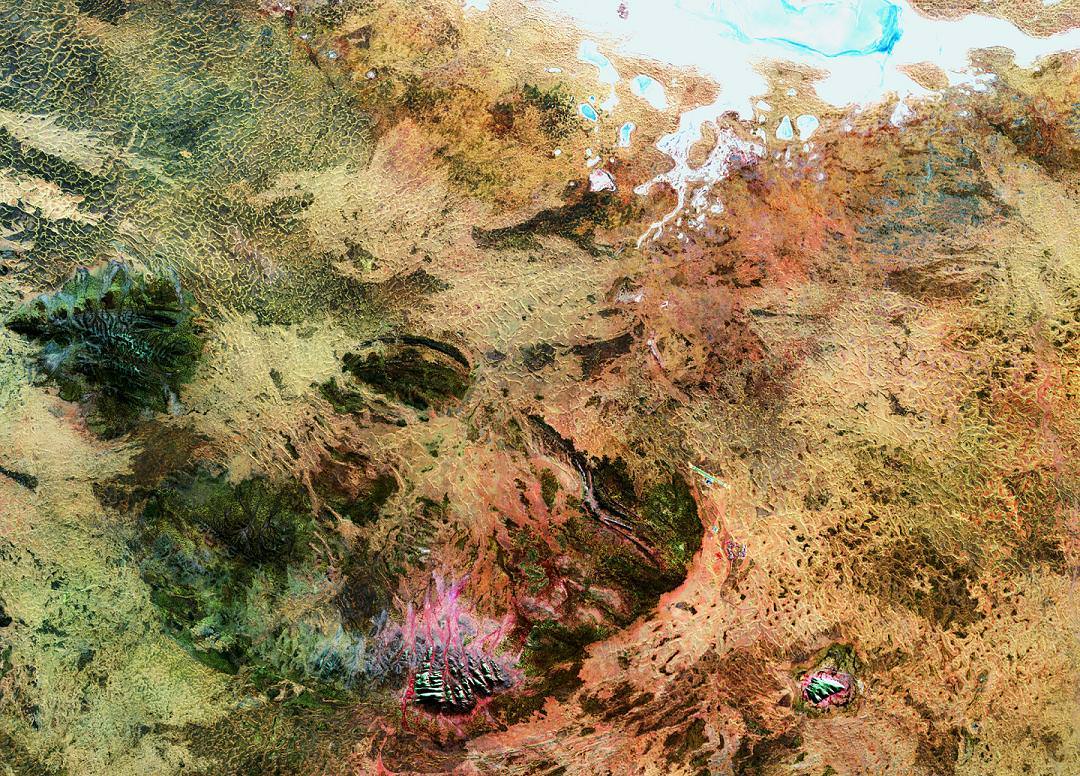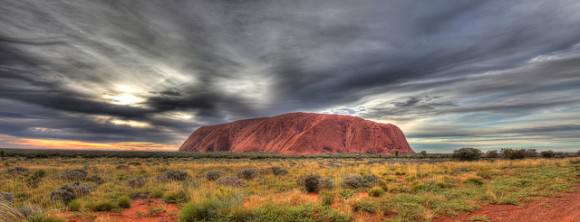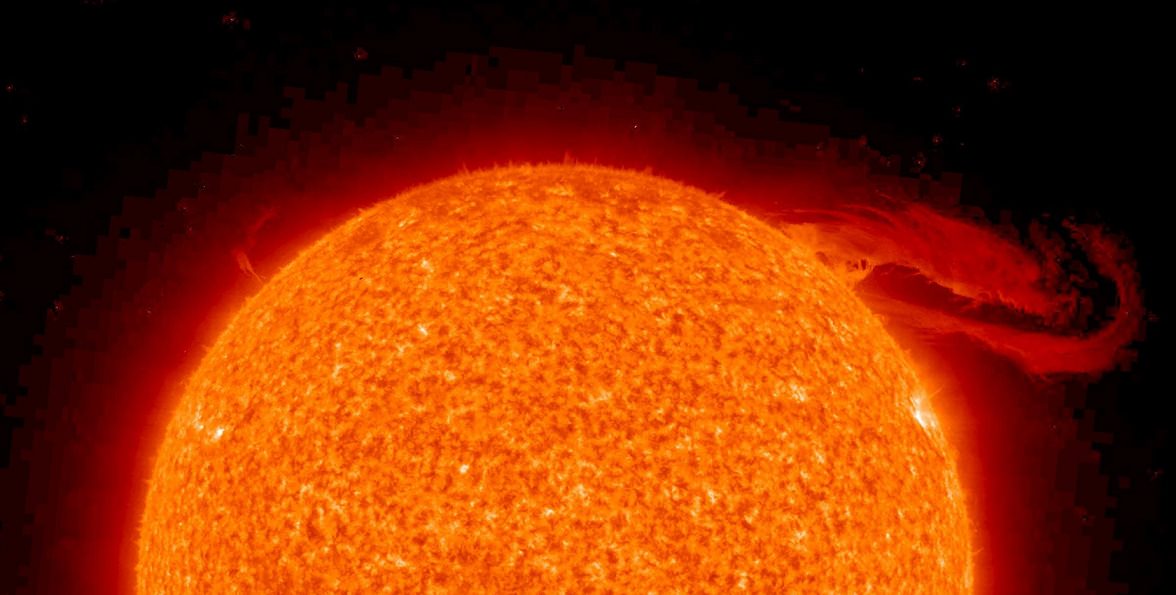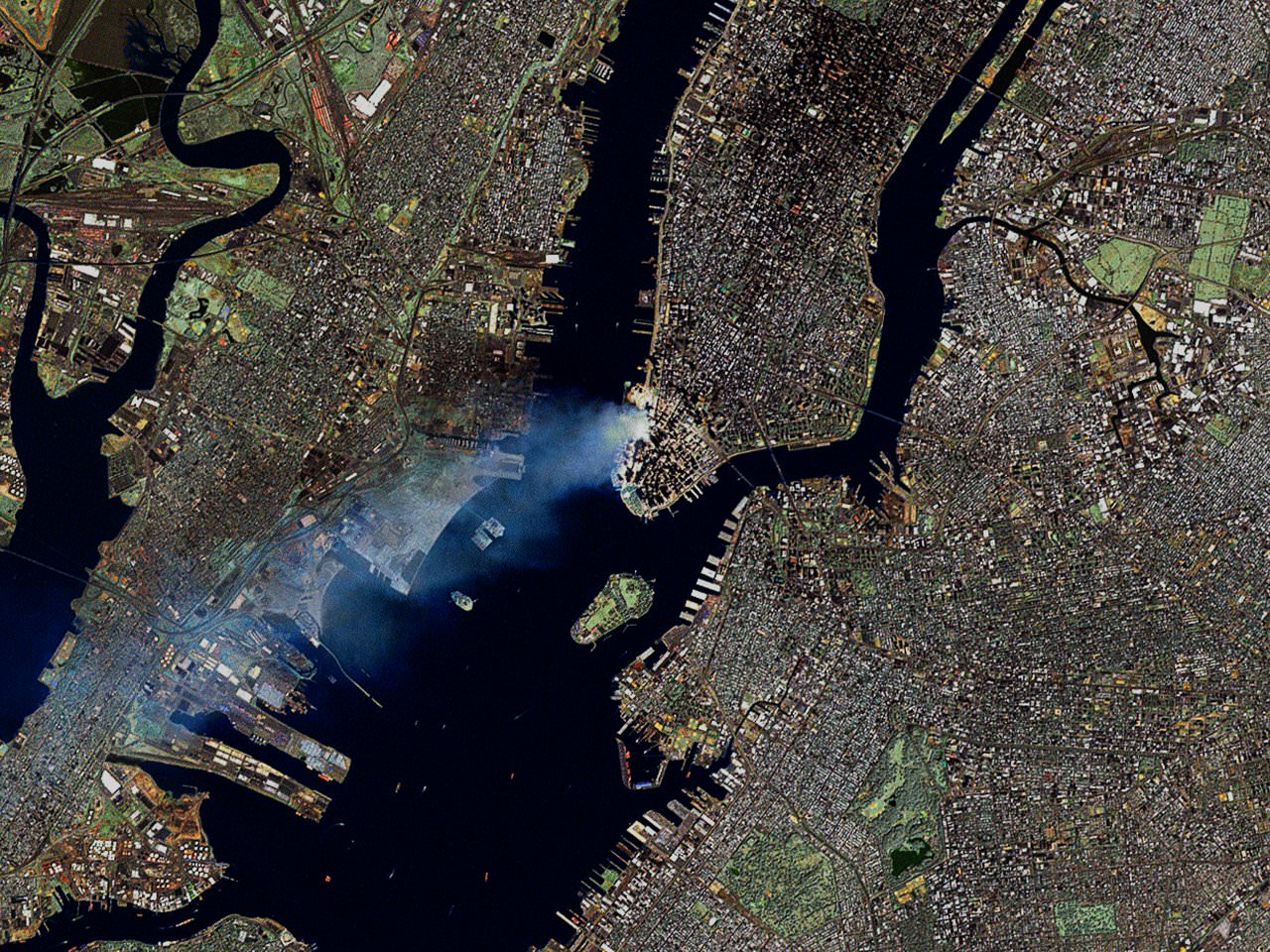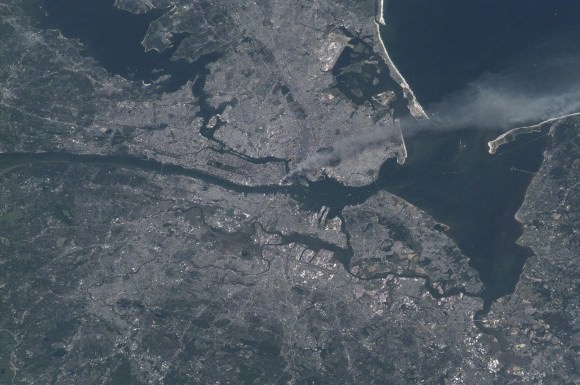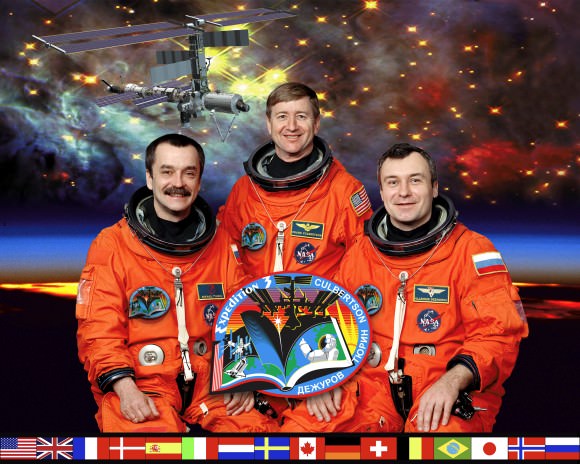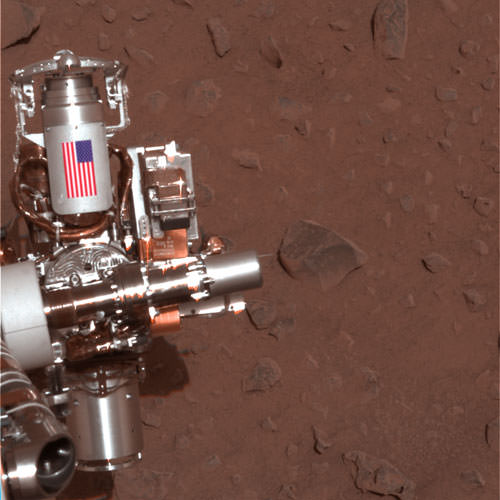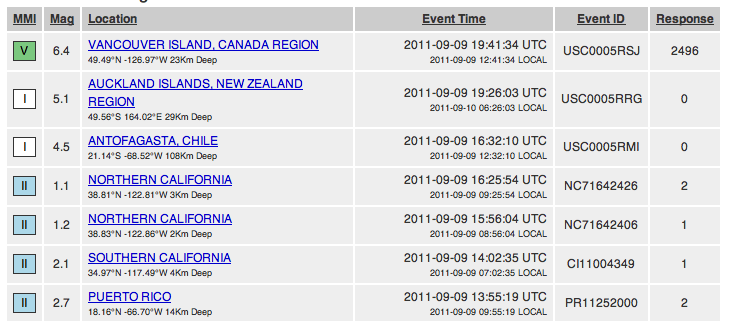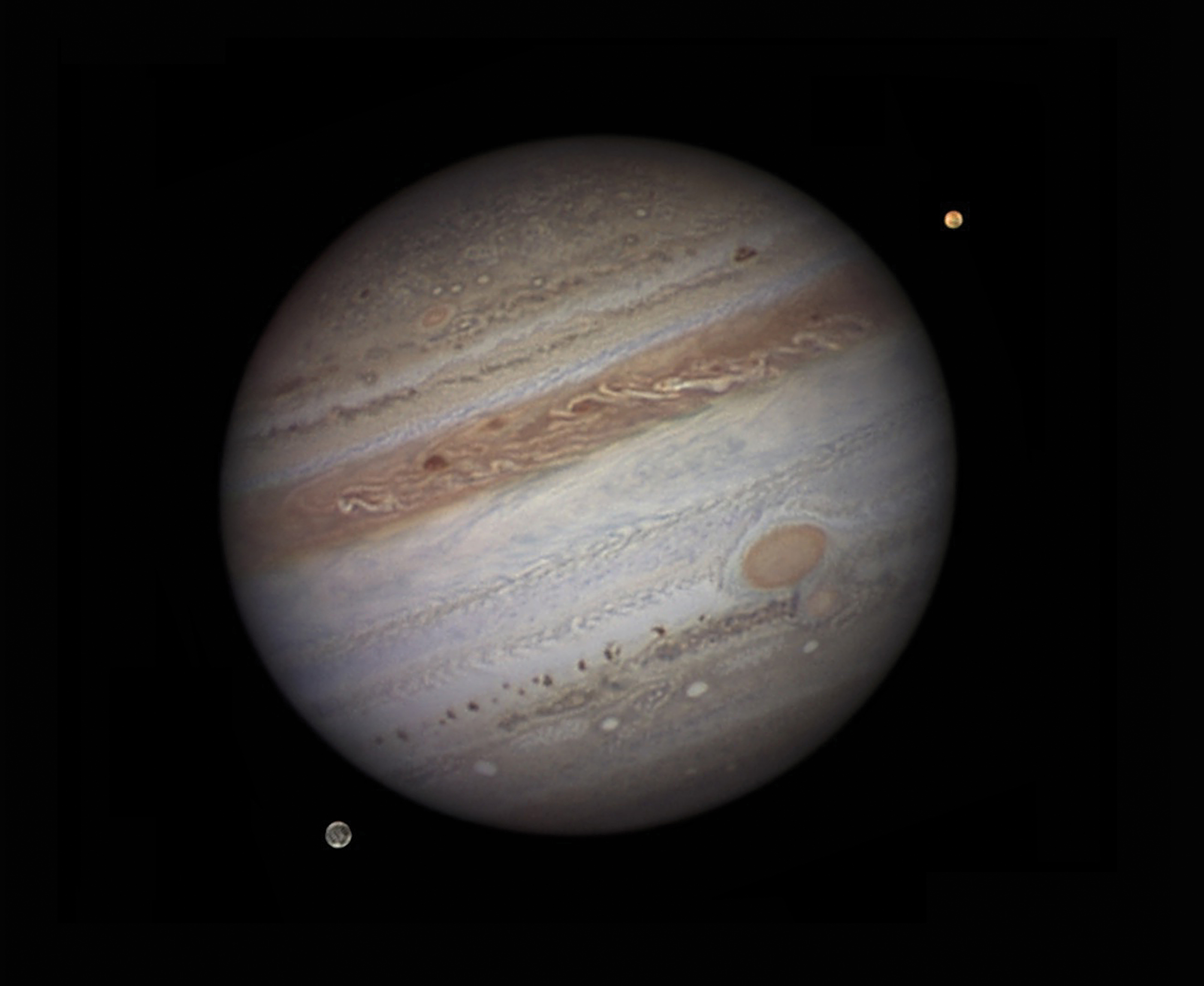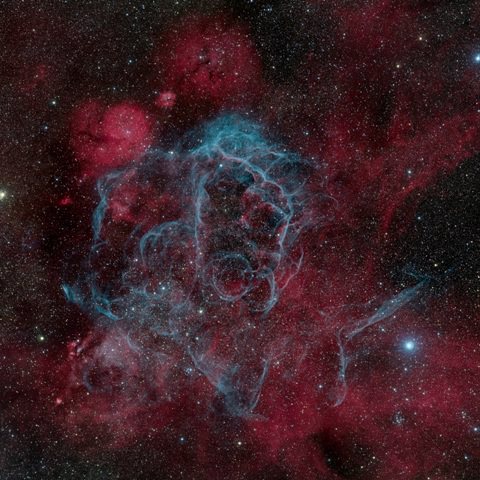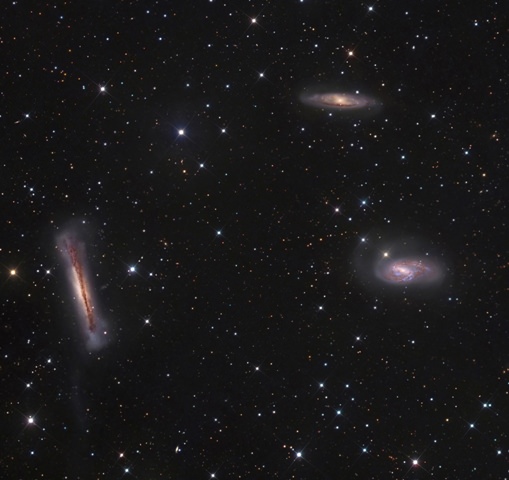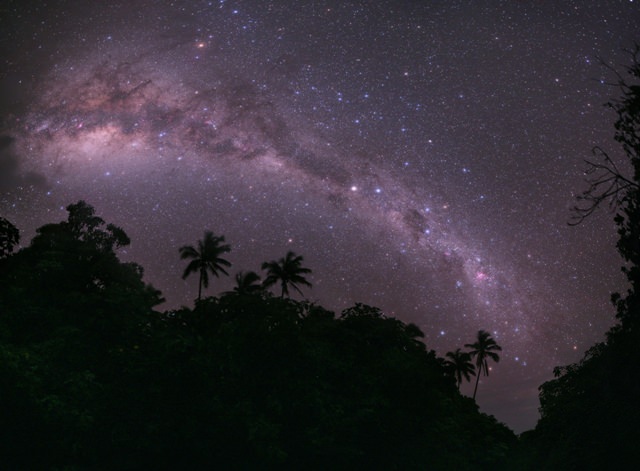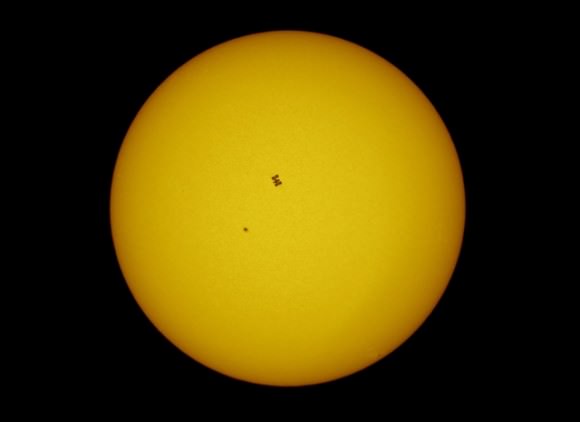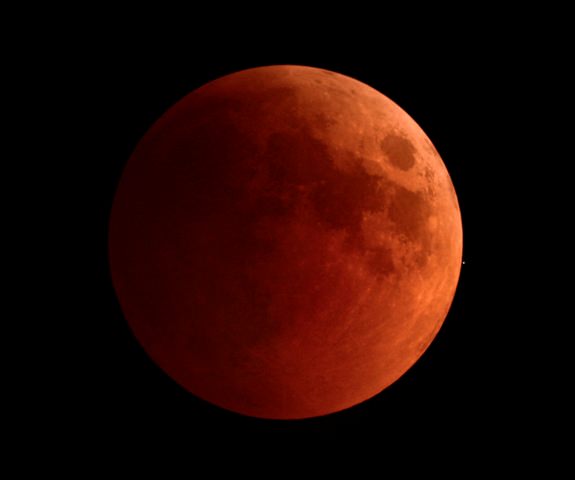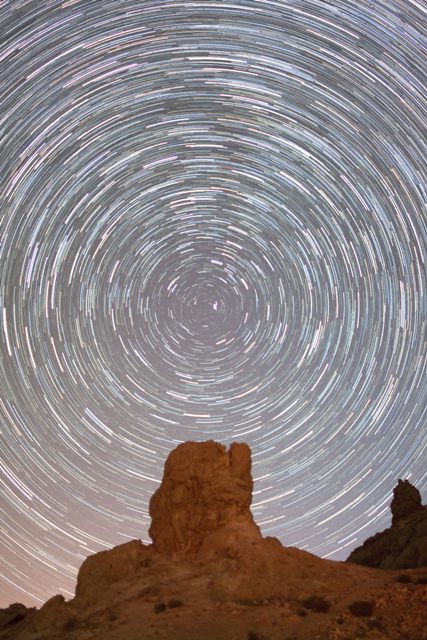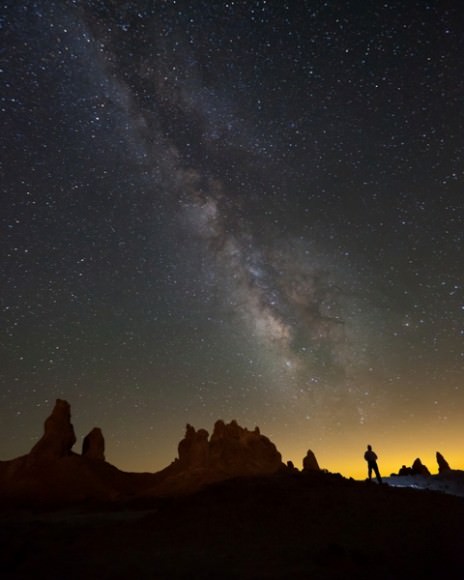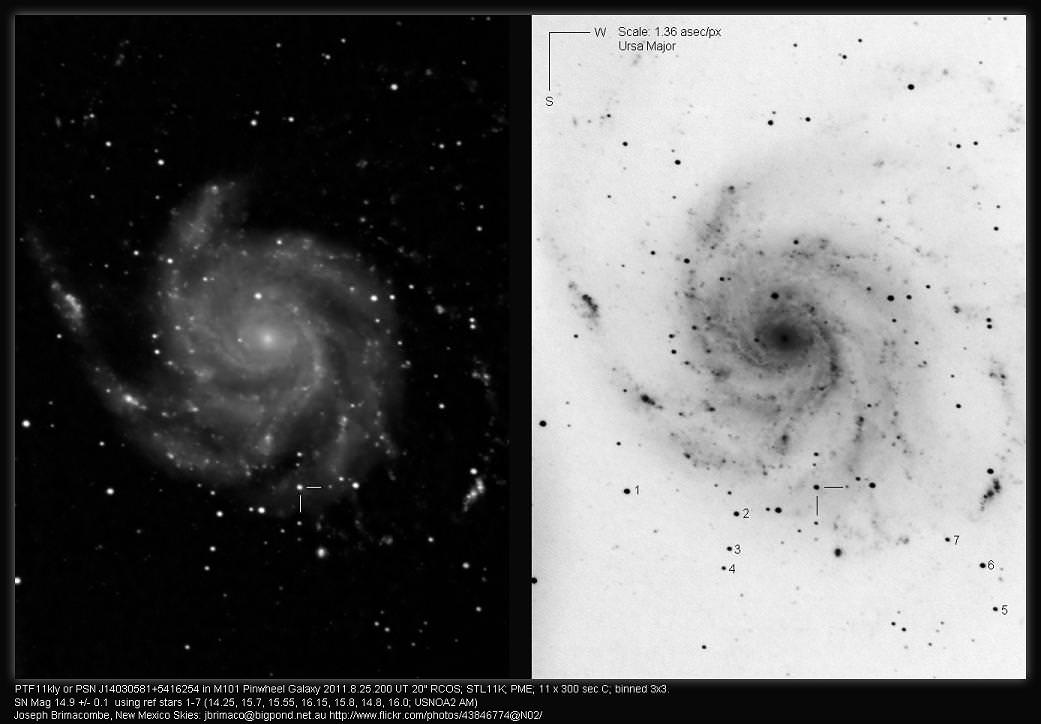Video caption: NASA’s twin GRAIL spacecraft blast off atop a Delta II Heavy booster at 9:08 a.m. EDT on Saturday, September 10, 2011 from Cape Canaveral, Florida, on a mission to explore the moon in unprecedented detail.
Be sure to check out these awesome launch videos showing the Delta II Heavy rocket blasting off with NASA’s GRAIL Lunar Gravity Mapper twins on a “Journey to the Center of the Moon” – as shot by NASA and others – on Sept. 10. from Pad 17 B at Cape Canaveral Air Force Station in Florida at 9:08 a.m. EDT.
Thus began a circuitous 3.5 month voyage from the Earth to the Moon culminating in lunar orbit arrival on New Year’s Eve and Day 2012.
[/caption]
Liftoff of the $496 Million Gravity Recovery and Interior Laboratory (GRAIL) duo marked the last currently scheduled launch of a United Launch Alliance Delta II from Florida and also the last launch from Space Launch Complex 17. This was the 356th Delta launch overall since the first one in 1960. It was the 110th and final planned flight of a Delta II from Florida.
Watch the NASA GRAIL Launch Video as the 12 story Delta’s 1st stage liquid and solid engines ignite and the rocket’s explosive exhaust and fiery flames instantaneously and dramatically shoot out from below and are vented safely to the side through specially constructed flame ducts to protect the rocket.
Just after the 1 minute mark, the 6 ground lit solid rocket motors are jettisoned and dramatically tumble away from the first stage. Moment later comes the ignition of the three air-lit solid rocket motors.
This dramatic video was shot by Matt Travis of spacearium -from my viewing location with a hoard of photojournalists at Press Site 1 located inside Cape Canaveral Air Force Station.
Press Site 1 is just 1.5 miles away from Pad 17B. It offers the closest and best view of the mighty Delta II rocket which stands 128 feet tall and generates some 1.3 million pounds of liftoff thrust.
Watch this video for post-launch commentary from NASA’s Delta II Launch manager Tim Dunn from the Mission Director’s Center.
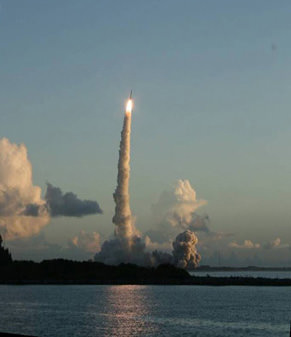
The GRAIL Launch video below was taken from Jetty Park Pier, about 2.9 miles south of Pad 17B and shows a completely different perspective from across the waterway of Port Canaveral.
I watched the unforgettable launch of Dawn five years ago from Jetty Park Pier.
Jetty Park and the beaches along Cape Banaveral and Cocoa Beach have been the best place for the public to view Delta rocket launches.
Thousands of spectators lining the Florida Space Coast were absolutely thrilled to witness the historic launch of GRAIL on the final Delta II booster from Florida on a gorgeous morning.
GRAIL’s primary science objectives during the 82 day mission are to determine the structure of the lunar interior, from crust to core, and to advance understanding of the thermal evolution of the moon and apply that to the other rocky bodies in our solar system.
Check this short NewBlast Video summary of GRAIL’s launch and objectives from Spaceflight Now
Many of NASA’s recent science missions have launched aboard Delta II rockets, including the outstandingly successful Spirit and Opportunity Mars rovers, Dawn Asteroid Orbiter, MESSENGER Mercury orbiter and Stardust and Deep Impact comet spacecraft.
Congratulations to everyone on the GRAIL team for a superb performance !
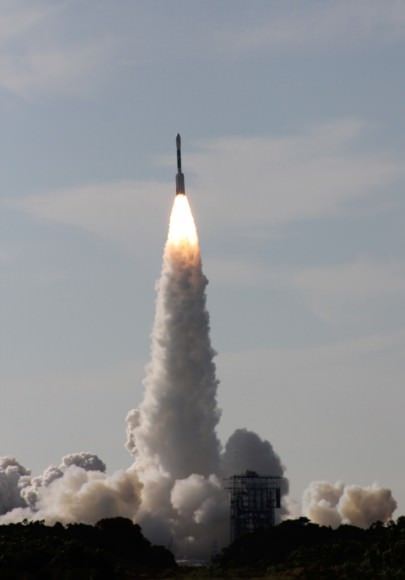
Credit: Ken Kremer (kenkremer.com)
Read Ken’s continuing features about GRAIL
NASA launches Twin Lunar Probes to Unravel Moons Core
GRAIL Unveiled for Lunar Science Trek — Launch Reset to Sept. 10
Last Delta II Rocket to Launch Extraordinary Journey to the Center of the Moon on Sept. 8
NASAs Lunar Mapping Duo Encapsulated and Ready for Sept. 8 Liftoff
GRAIL Lunar Twins Mated to Delta Rocket at Launch Pad
GRAIL Twins ready for NASA Science Expedition to the Moon: Photo Gallery

